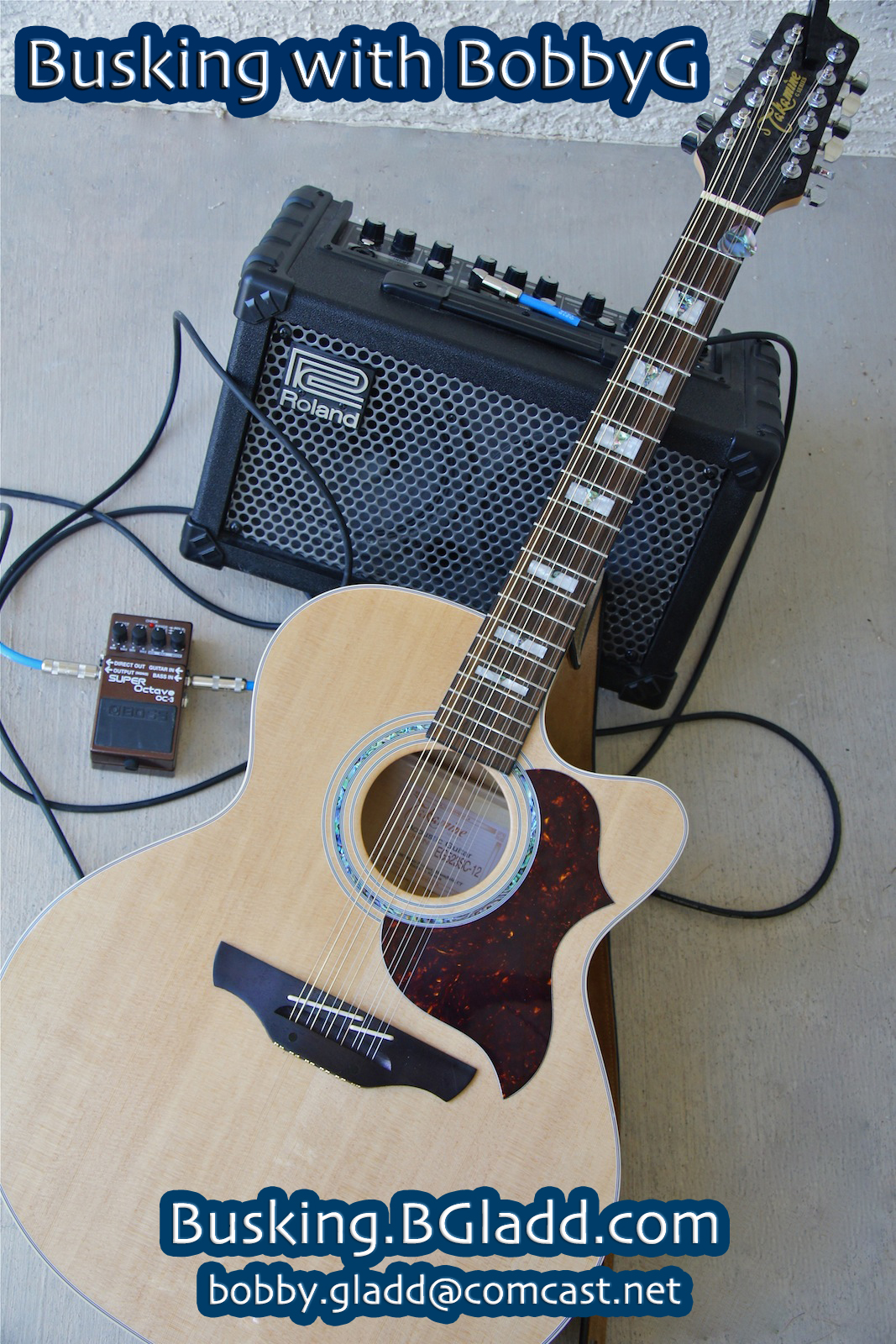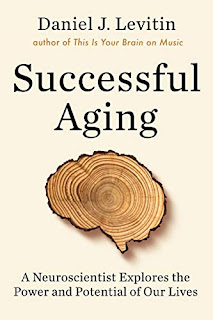Apparently, that's a thing. Have to admit, I had a fleeting first reflexive, jaded reaction of "OK, stick the prefix 'neuro' on some word or phrase, and you've minimally got a VC Seed Round on Sand Hill Road."
But, wait...
 |
| www.artsandmindlab.org |
"Everything is aesthetic. The environments in which we live and work, the sounds we hear, sights we see, and smells we encounter are the pathways through which we experience the world around us. And aesthetics is so much more than enjoying beautiful things. The uniquely human response to aesthetics constantly influences our mental and emotional states. We know more than ever before about the sensory systems that enable us to process and decode the world around us. Still, we are just on the cusp of understanding the potential of aesthetics to maximize those systems for improved health, wellbeing, and learning."Everything is aesthetic." Yeah. Assuming a sentient neurological structure via which to perceive, comprehend, and recall it. Invertebrates need not apply.
Today, as the incidence of chronic disease and depression, anxiety, and stress rise, and the gaps in health, wellbeing, and learning outcomes expand, we turn most frequently to the medical profession for traditional and pharmaceutical solutions. Despite great advances, these approaches still fall short in offering preventive, non-invasive, timely, and sustainable solutions. What if we could incorporate other interventions that are engaging, empowering, and affordable?
There is much promising evidence that a variety of arts approaches work to improve mobility, mental health, speech, memory, pain, and learning, potentially improving outcomes and lowering the cost and burden of chronic disease and neurological disorders for millions of people. These approaches, including visual arts, dance and movement, music, and expressive writing are timely, responsive, and cost-effective. Moreover, research suggests that other types of aesthetic experiences, including immersive and virtual reality and architecture are also associated with improved health, wellbeing, and learning outcomes.
To date, neuroscientists, social scientists, and practitioners interested in these topics have largely operated in isolation, lacking high-quality data sets, standardized measures and implementation protocols, and statistical power to make any causal claims regarding impact or influence evidence-based practice broadly. With rising acknowledgement of the limitations of this disparate effort, researchers and practitioners are calling for an approach that brings together studies of the behavioral outcomes of arts experiences with biological markers to map the neurological bases for various aesthetic experiences. This approach would enable researchers and practitioners to document, refine, replicate, and scale successful interventions.
For this shift and collaboration to take root, research questions must be defined across diverse disciplines. The growing and interdisciplinary field of neuroaesthetics is a logical home for this work, exploring the role of the arts, music, architecture, and natural environments as they alter and shape individual brain responses. Beyond a disciplinary base and theoretical frame, this work needs an organizing mechanism that facilitates collaboration across disciplines and sectors, builds a common research vocabulary and approach, houses a centralized database for researchers and practitioners, and leads field-building and dissemination efforts..."
Hmmm... will AI develop aesthetic sensibili(ties?), with human-compatible ethics?
Got onto this stuff via a re-post by Danielle Ofri, MD over at LinkedIn.
As anyone who has heard “their song” can attest, the right music has the power to make you move. Now healthcare providers are trying to harness this power to help patients with a neurological motor disorder, Parkinson’s disease (PD).Well, I am unhappily now in that clinical cohort. And, I am "an old washed-up guitar player," one now wrestling with the anxiety attending the prospect of perhaps losing my hard-won chops of more than 60 years' acquisition (my episodic left-hand tremor is increasingly messing with me). Just at a time when I've looked forward to getting active again in the fray.
Over the past three decades, researchers have begun to uncover the neural basis of music’s effect on the brain with an eye toward treating diseases like PD. A growing body of research reveals that the influence of music is far-reaching—shaping connections in the brain, improving our senses and movement, and enhancing our mood.
The Many Disharmonies of Parkinson’s Disease
As the second-most common neurodegenerative disease following Alzheimer’s, Parkinson’s disease (PD) affects more than 10 million people worldwide and is projected to afflict almost 1 million Americans by 2020…
Johns Hopkins, man. They have their mitts in everything. We now live just a couple a miles from them. Wonder if this Hopkins IAM Lab needs a lab rat LOL..
Interesting history, the whole Hopkins empire. My son bought me this book for Christmas.
A compelling read. interesting town I now call home. We are now a few weeks out from the arrival of our new Grandson.
THE IAM LAB
AboutSo, yeah, "neuroaesthetics."
The International Arts + Mind Lab (IAM Lab) is a multidisciplinary research-to-practice initiative from the Brain Science Institute at Johns Hopkins University that is accelerating the field of neuroaesthetics. Our mission is to amplify human potential.
IAM Lab is pioneering Impact Thinking, a translational research approach designed to solve intractable problems in health, wellbeing and learning through arts + mind approaches. IAM Lab brings together brain scientists and practitioners in architecture, music and the arts to collaborate in research and foster dialogue. We spur continued innovation by sharing these findings with a broader community.
Impact Thinking
Developed by the International Arts + Mind Lab at Johns Hopkins University, Impact Thinking is a translational research approach to enhance human potential in health, wellbeing and learning through the arts...
What makes Impact Thinking different and essential?As usual, I have much to learn.
Impact Thinking makes the translational scientific process inclusive, relevant and actionable. It moves beyond studies that begin and end in a lab to solve real-world, urgent problems and pave a path for broad implementation. For example: How can playing music ease the symptoms of Parkinson’s disease? How can architecture and design reduce chronic stress in the workplace?
Impact Thinking is based on the fundamental values of collaboration, transparency and follow through and the belief that applied neuroaesthetics can change the world. Impact Thinking projects are initiated by an Impact Team of a brain scientist and a practitioner in an arts discipline. Each project is facilitated by a project coordinator and supported by advisors, dissemination experts and community stakeholders…
THE IMPACT THINKING FRAMEWORK
Yeah, PDSA (Plan-Do-Study-Act) by any other name.
CHECK THIS OUT
Watch all of it.Seriously.
Below: of specific, direct interest to me:
Impact Thinking Projects"Impact thinking," the deeper dive, here.
Guitar PD
In partnership with the Center for Music and Medicine at Johns Hopkins, this project brings together neurologists and musicians for a unique series of guitar lessons specifically designed for people with Parkinson’s disease. During an 18 week period, participants are randomly assigned to treatment and control groups and assessed at the outset and every six weeks on a variety of self-reported and performance-based measures. These include mood, social participation, cognition and arm and hand function.
Hypothesis: Moving hands, arms and fingers rhythmically on the guitar to make music will benefit arm and hand function and cognition in individuals with Parkinson’s disease.
I will be doing my own uncontrolled "research," given that I know how guitar playing benefits me (takes me "out-of-body"), and, as I've mentioned, I'm having trouble of late with some of my more difficult chords, and a bit freaked out at the prospects of losing this ability. I mostly play my jumbo 12-string these days--an imposing axe in its own right.
So, I will have to be assiduously 'shedding my guitar (and bass, for that matter) going forward as part of my PT/OT amid my new world of Parkinson's. Along with stepped-up gym rat time comprised mostly of pickup hoops and the next available class of Parkinson's "shadow boxing."
Want to eschew the PD meds as long as possible, given the side-effects and other limitations.
It's interesting. In addition to the usual online Parkinson's patient education rescources--e.g., WebMD, Mayo, Wiki, the major Parkinson's Foundations, etc--I studied four initial books coming from patient and caregiver perspectives.
Now this stuff is all "upside my head" to where I'm feeling the symptoms more acutely.
At least I know what I'm facing, from a variety of insightful perspectives.
Guess I'll have to write some more songs.
TO REITERATE
QUICK UPDATE
Just saw Daniel J. Levitin on the CBS Morning News. Bought his new book.
...When I was in college, one of my favorite professors was John R. Pierce, a former director of the Jet Propulsion Laboratory, the inventor of satellite telecommunication, a prolific sci-fi writer, and the person who named the transistor when a team under his supervision invented it. I met him when he was eighty, in the second iteration of his “retirement,” giving classes on sound and vibration. He invited me to dinner at his house once; we became friends and went out to dinner regularly. Around the time John turned eighty-seven, he grew depressed. One of the pastimes he enjoyed most was reading, but now his eyesight was failing. I bought him some large-type books and that perked him up for a few weeks, but much of what he wanted to read—technical books, science fiction—was not available in large type. I’d go over and read to him when I could, and I arranged for some Stanford students to do the same. But he still kept slipping. Then he was diagnosed with Parkinson’s. His shaking bothered him. His memory was failing. He no longer found pleasure in things that he used to enjoy. And he was growing increasingly disoriented.Interesting. I started on Sertraline HCL (Zoloft) in 2017 when Danielle was ill and dying. Weaned myself back off it earlier this year.
I suggested that he ask his doctor about taking Prozac, which was new at the time, and just being prescribed for the kinds of age-related problems he was facing. (Prozac helps to boost levels of serotonin in the brain—one of those mood-enhancing hormones I mentioned previously.) It was transformative. Although it didn’t help the Parkinson’s specifically, his attitude changed. He felt younger. He started holding dinner parties again, and lecturing to students, something he had given up doing just a year earlier. A simple chemical change in his brain gave him a second wind. John lived to ninety-two, and much of those last five years were filled with joy and satisfaction for him...
Levitin, Daniel J. Successful Aging (pp. xv-xvi). Penguin Publishing Group. Kindle Edition.
Just started back a week ago, after consulting my docs. We shall see.
I've cited Dr. Levitin before, some years back.
OFF-TOPIC ERRATUM
_____________U.S. Cancer Death Rate Lowest In Recorded History! A lot of good news coming out of this Administration.— Donald J. Trump (@realDonaldTrump) January 9, 2020
More to come...















No comments:
Post a Comment